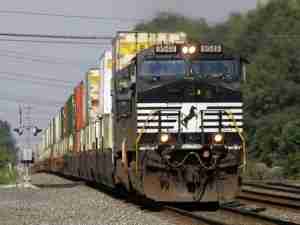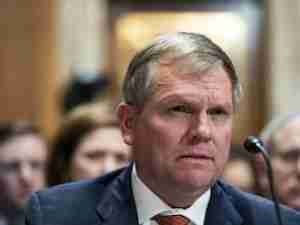But thanks to austerity budgets that are slashing infrastructure spending just as other parts of the world are ramping it up, that may not be true for much longer.
European infrastructure spending rose just 1.5 percent last year to $741 billion (489 billion pounds), compared to global growth of 4.5 percent and a 7.1 percent rise in the Asia-Pacific, according to data compiled by Marketline, a business information provider.
Spending in Europe will increase slightly over the next four years, to 4.3 percent growth by 2016, Marketline told Reuters, but will continue to significantly underperform the world average. Only the United States will do worse, with growth of just 1.8 percent seen in 2016.
Company executives, trade groups and even European Union officials themselves say the region is in danger of falling behind competitors, with possibly irreversible consequences.
"We are out of pace with other parts of the world. We are not rejoicing," said Harold Ruijters, who leads the Transport Commission's Trans European Network unit, which aims to connect Europe's fragmented railways, roads and airports.
Brussels' main infrastructure funding budget, the Connecting Europe Facility, was cut in the latest EU budget announced in February from an originally allocated 50 billion euros to 29.3 billion euros over the next seven years.
Broadband and digital infrastructure took the biggest hit, cut from 9.2 billion to just 1 billion euros.
The budget for spending on major transportation through 2020 was cut by 38 percent from 21 billion to 13 billion euros, forcing the Transport Commission to drop air and road projects, which will instead need to seek uncertain sources of commercial funding.
"We are dealing with a severely reduced budget. At the same time, during a time of crisis we are acknowledging that this was perhaps the best deal we could get," Ruijters told Reuters.
Several years of earlier austerity cuts in infrastructure have already started hurting Europe's competitive position, he said, citing railways and aviation as problem sectors.
Reduced budgets and the prospect of long-term weak economic growth in the bloc will make it virtually impossible to meet spending needs in the coming two decades, he said.
The financial reality is out of sync with the EU's long-term strategic goal of creating jobs, and increasing competitiveness and growth in a single European market, which the EU Commission had estimated would require 1.5 trillion euros of spending on transportation infrastructure by 2030.
"At the moment we have one of the best infrastructures in the world, but it is ageing and we have to invest billions just to keep it up. We are far away from completing the internal market, in all transportation modes," said Jurgen Thumann, head of Business Europe, a Brussels-based industrial lobby group.
"As other world regions are launching ambitious transport modernization and infrastructure investment programs, it is crucial that European transport continues to develop and invest to maintain its competitive position," Thumann told Reuters.
Currently 12 of the top 20 nations in a ranking by the World Economic Forum for 2012-2013 are in Europe.
But this year China will for the first time spend more on infrastructure than Europe, though per capita it is still a small fraction of what is spent in the United States and in Japan, Marketline said.
Pedro Rodrigues de Almeida, director of infrastructure studies at the World Economic Forum, concurred that even after the European economy recovers, which economists expect could happen as early as the second half of this year, essential spending will lag requirements for years to come.
"We will not recover the levels of construction expenditure that we had in 2007-2008, or just before the crisis, until around 2016. This is something that is going to take several years," he said.
Where's the Mon







